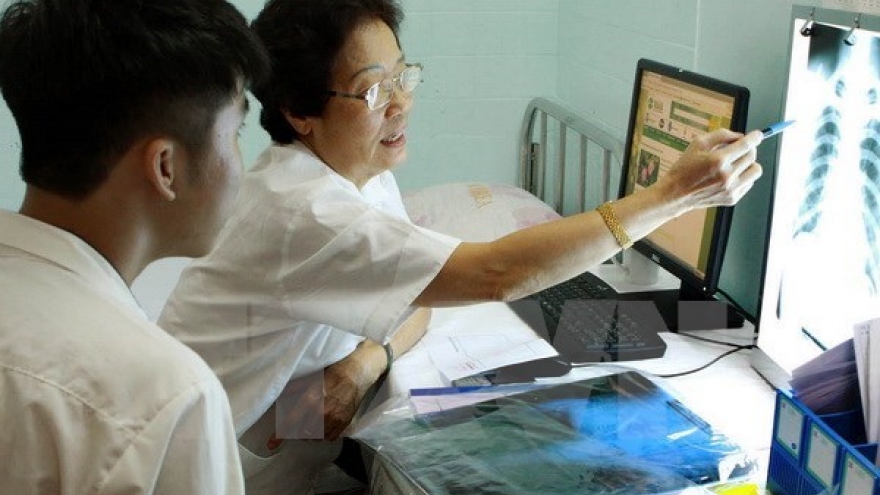Employees walk out of Saigon emergency medical center due to low pay
Staff at a Ho Chi Minh City medical center have been walking out due to low pay, the center's director has said.
 |
|
A medical team at work at a Vietnamese hospital.
|
He said employees with the lowest wages were paid just VND1.6 million per month (US$71), while doctors got VND4-6 million per month (US$178-US$267), and even he only received about VND8 million (US$357).
A livable wage in Ho Chi Minh City should be at least VND6.4 million (US$287), said Do Quynh Chi, a representative of a research team on global wages from ISEAL Alliance, a global association for credible sustainability standards, at a conference in Hanoi last year, as cited by Tuoi Tre.
Long said the reason why wages were so low was because the center and its 23 stations were suffering a loss. On 30% of call-outs, ambulances did not get to their patients on time before they were taken to hospital by other means, costing them fuel.
Other reasons for the resignations included low chances of career advancement and unsafe working conditions, said Long.
News of the employees’ resignation and their poor working conditions have triggered conversations among Vietnamese netizens on the bleak future of Vietnamese healthcare.
Tang Chi Thuong, vice director of Ho Chi Minh City's Health Department, said that in order to solve understaffing at emergency centers, paramedic teams need to be deployed to perform emergency procedures on-site so that doctors and nurses can focus on dealing with the patients in their care. Currently, Vietnam’s official education system doesn’t offer a dedicated major for paramedics.
Ho Chi Minh City’s 115 Emergency Center has been operating independently since 2014. The center now has only 16 doctors, 60 nurses and 11 ambulances to cover the entire city.


